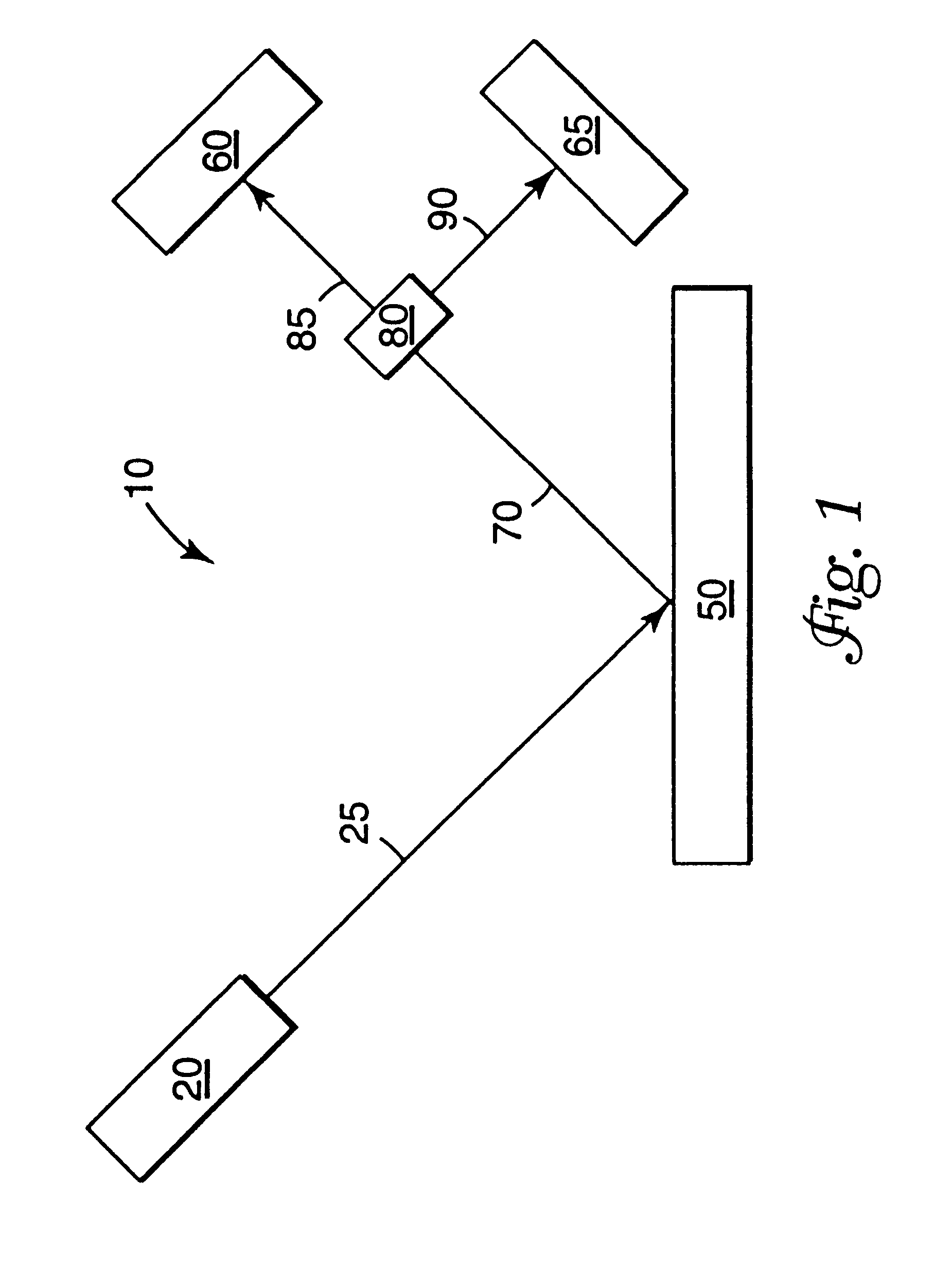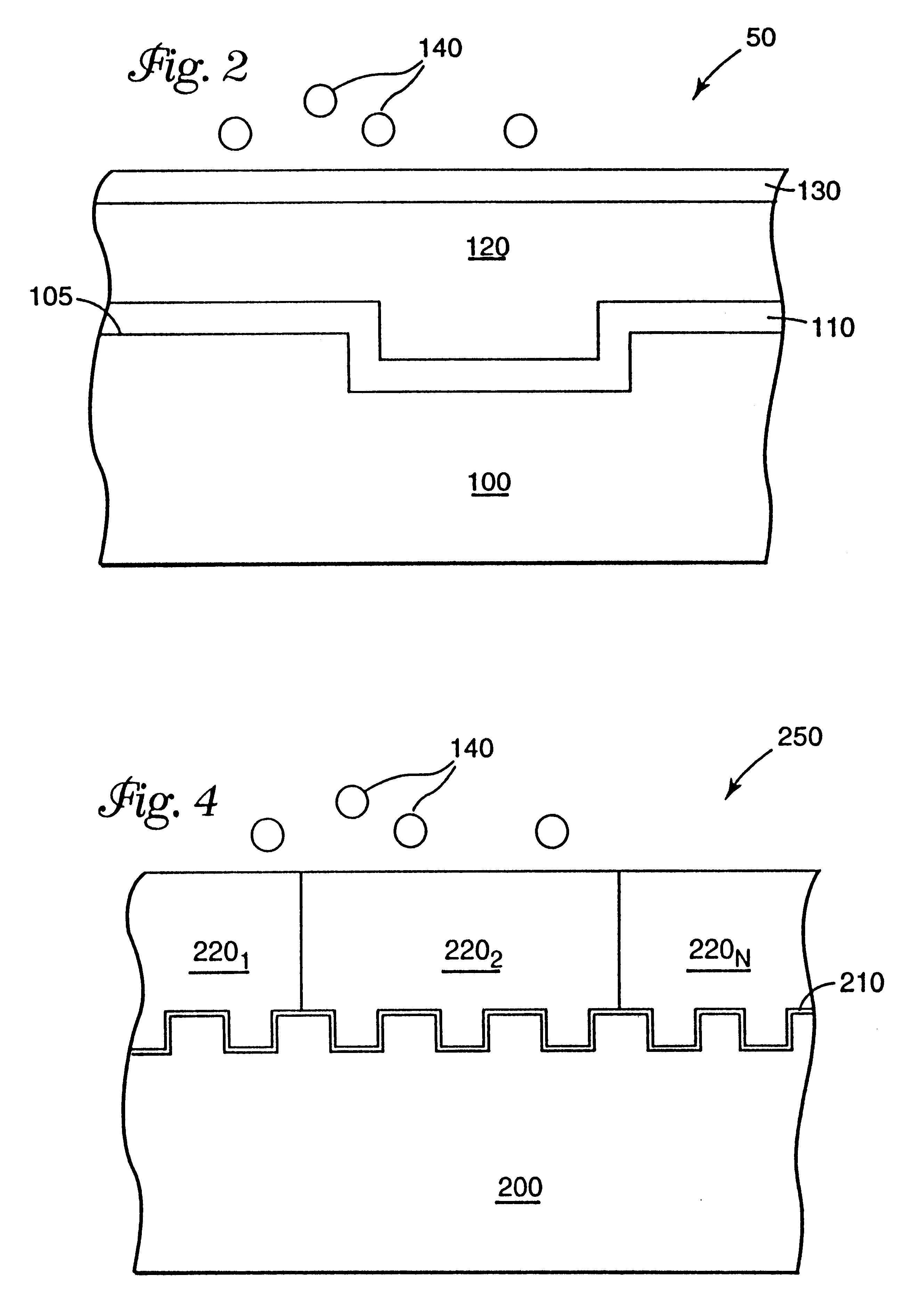Diffraction anomaly sensor having grating coated with protective dielectric layer
- Summary
- Abstract
- Description
- Claims
- Application Information
AI Technical Summary
Benefits of technology
Problems solved by technology
Method used
Image
Examples
Embodiment Construction
In the following detailed description, references are made to the accompanying drawings that illustrate specific embodiments in which the invention may be practiced. Electrical, mechanical and structural changes may be made to the embodiments without departing from the spirit and scope of the present invention. The following detailed description is, therefore, not to be taken in a limiting sense and the scope of the present invention is defined by the appended claims and their equivalents.
FIG. 1 illustrates a sensing system 10 in accordance with the present invention. Sensing system 10 includes light source 20, diffraction anomaly sensor 50, polarizing beamsplitter 80, detector 60 and detector 65. Light source 20, such as a laser, produces a light beam 25 incident upon sensor 50. Sensor 50 reflects light beam 25 as light beam 70 onto polarizing beamsplitter 80. Polarizing beamsplitter 80 splits light beam 70 into component 85 and component 90 which are incident upon detector array 6...
PUM
 Login to View More
Login to View More Abstract
Description
Claims
Application Information
 Login to View More
Login to View More - R&D
- Intellectual Property
- Life Sciences
- Materials
- Tech Scout
- Unparalleled Data Quality
- Higher Quality Content
- 60% Fewer Hallucinations
Browse by: Latest US Patents, China's latest patents, Technical Efficacy Thesaurus, Application Domain, Technology Topic, Popular Technical Reports.
© 2025 PatSnap. All rights reserved.Legal|Privacy policy|Modern Slavery Act Transparency Statement|Sitemap|About US| Contact US: help@patsnap.com



